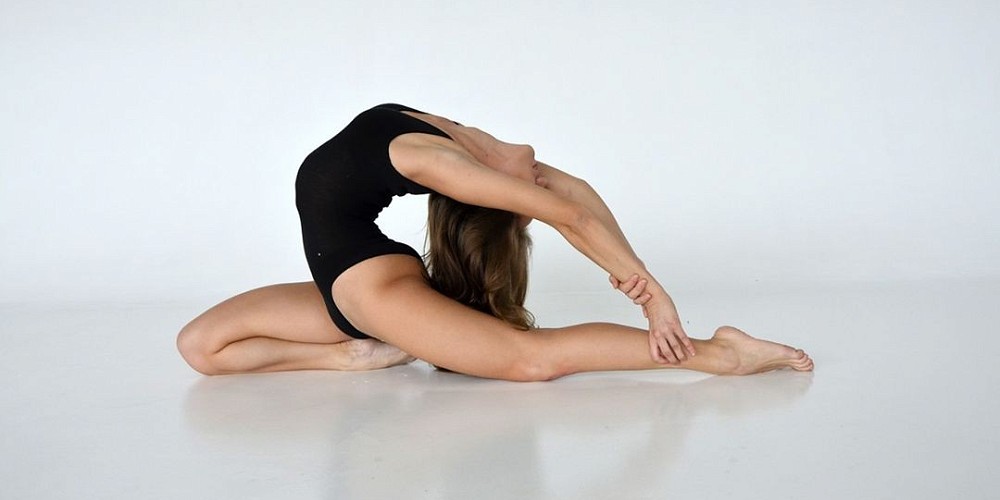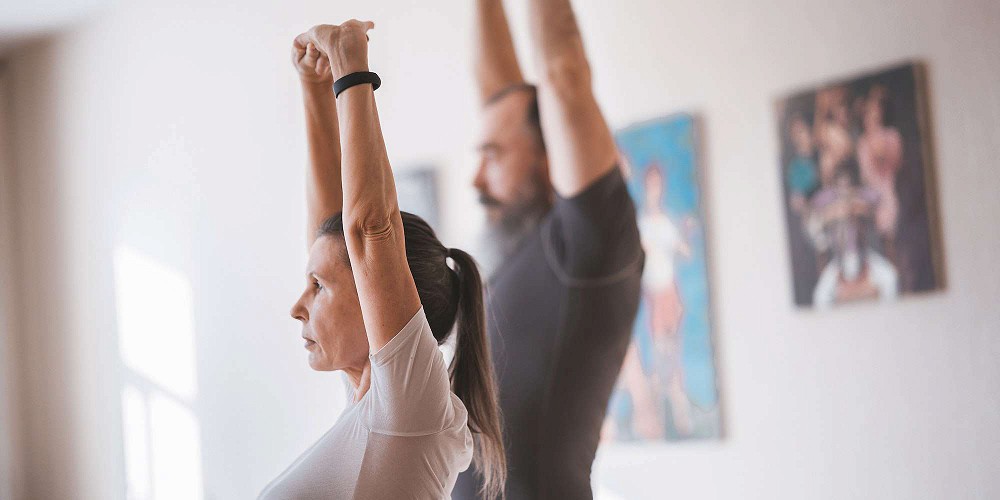How a Holistic Approach to Fitness Can Help Prevent Injury
Article by Martin Davies
Fitness is about much more than our last run, or our personal best. Understanding our imbalances is key to success.

There are many aspects of fitness and our ability to understand this and address any imbalances we may have can have great results in terms of improved performance and reduced injury rates.
When people talk about or assess their fitness, they often focus on the 1-2 attributes that are most relevant to their main activity.
The runner talks about their latest long run, the weight lifter talks about their new bench press record, etc.
However, there are many aspects of fitness. Our ability to understand this and address any imbalances we may have can have great results in terms of improved performance and reduced injury rates.
Taking a Balanced Approach to Fitness
The American College of Sports Medicine defines physical fitness as:
A set of attributes that people have or achieve that relates to the ability to perform physical activity. (1)
The NCBI defined health-related components of physical fitness are:
- Cardio respiratory endurance
- Muscular endurance
- Muscular strength
- Body composition
- Balance/coordination; and
- Flexibility
Our ability to review how balanced our fitness is across each of these aspects is important to improve performance and reduce the frequency and intensity of injuries.
Imagine aspects of fitness being spokes of a wheel and that in order to use our bodies as smoothly and efficiently as possible, the wheel needs to have spokes that are relatively even in length.
In order to explain, the following examples highlight how imbalance can cause issues.
Issues Cause by an Imbalanced Approach to Fitness
In my practice, I have worked with many people who primarily use jogging/running for their fitness and exercise.
These people often encounter common issues such as runner’s knee, IT band issues and low back pain. Whilst these people often have fantastic levels of cardiorespiratory and muscular endurance fitness, they often have pretty low levels of flexibility and coordination which then leads to their issues.
At the other end of the spectrum, many people may spend lots of time focused on yoga and other flexibility/coordination biased activities. In this case the reduced levels of strength and endurance can lead to other, frequently joint based injuries.
There are lots of examples of how this ability to balance aspects of fitness is being used in high level sport. Examples include professional rugby players using yoga and ballet training (3) to benefit their performance and collegiate gymnasts undergoing endurance training to help prevent injuries (4).
Review Your Current Activities
There is an opportunity for everyone to look at their current exercise activities and to compare them against the attributes listed above. Once you have done that, it would be good to look at modifying what the mix of things you do is to get a more balanced fitness ‘wheel’.
If you want help with this you can make an appointment with a Physiotherapist or Kinesiologist who can assess and advise on how to better balance your attributes of fitness.
References
- https://www.acsm.org/read-research/resource-library
- https://www.ncbi.nlm.nih.gov/pmc/articles/PMC1424733/pdf/pubhealthrep00100-0016.pdf
- https://www.canterburynz.com.au/blog/2019/05/four-sports-you-never-expected-to-see-in-rugby-training/
- https://journals.lww.com/nsca-scj/Citation/1985/12000/Women_s_Gymnastics__Power_endurance_training_for.12.aspx
You May Also Like...
-
 ArticleView Post
ArticleView PostUnderstanding Hypermobility
While some individuals may naturally possess hypermobile joints without adverse effects, others may experience symptoms that require attention.
-
 ArticleView Post
ArticleView PostImproving & Managing Osteoarthritis
These tips can help improve and manage symptoms of osteoarthritis, the most common form of the 100+ variations of arthritis.
-
 ArticleView Post
ArticleView PostBalance & Fall Prevention for the Elderly
The elderly are at the highest risk for falls which may cause serious trauma. So how can we help seniors prevent fall-related injuries?